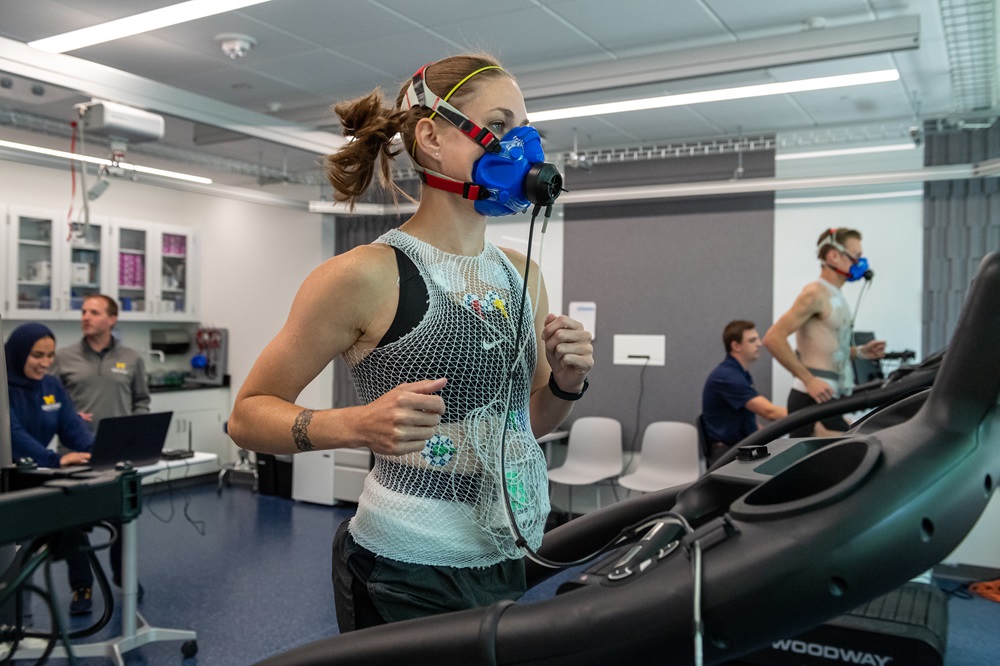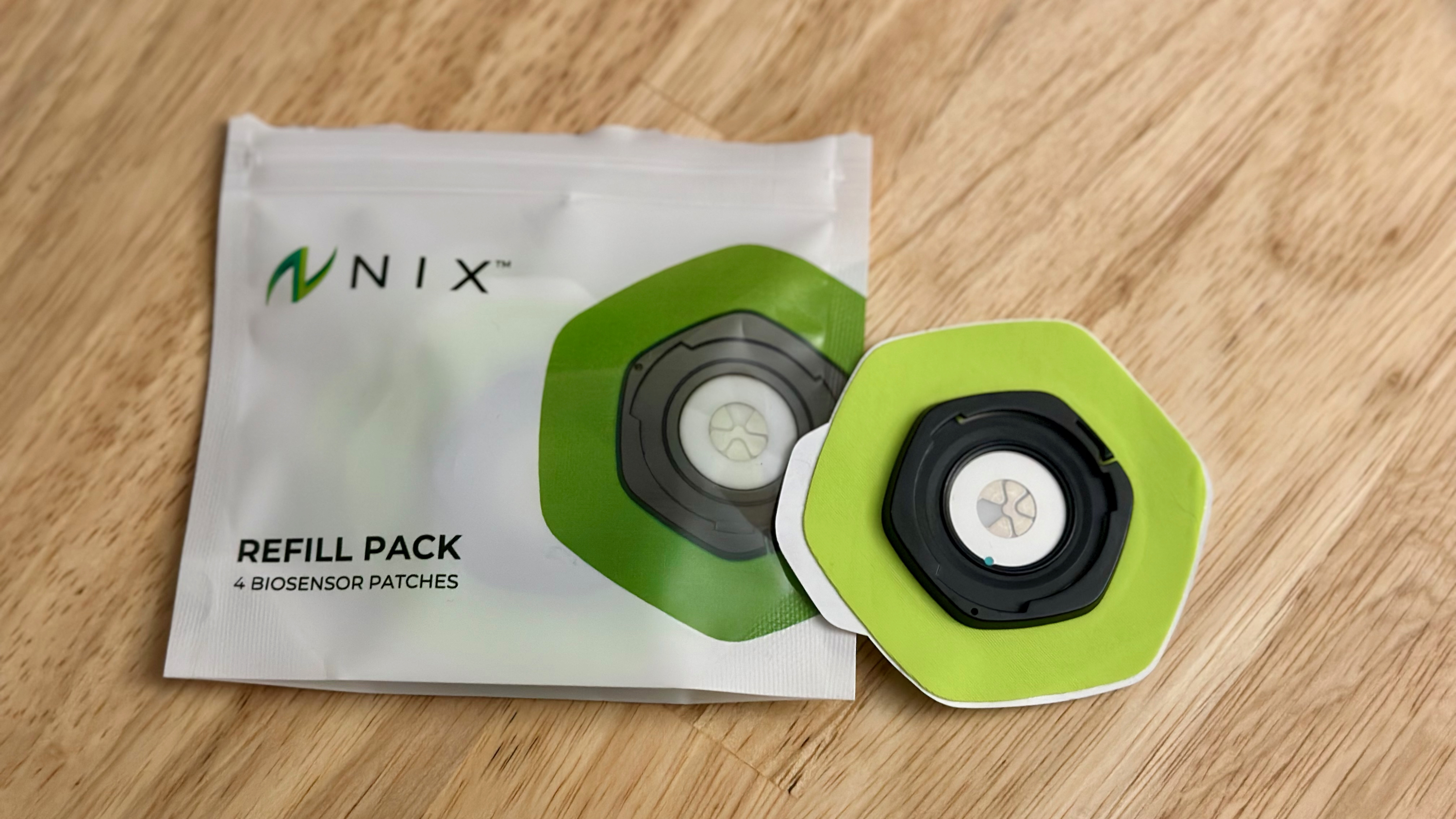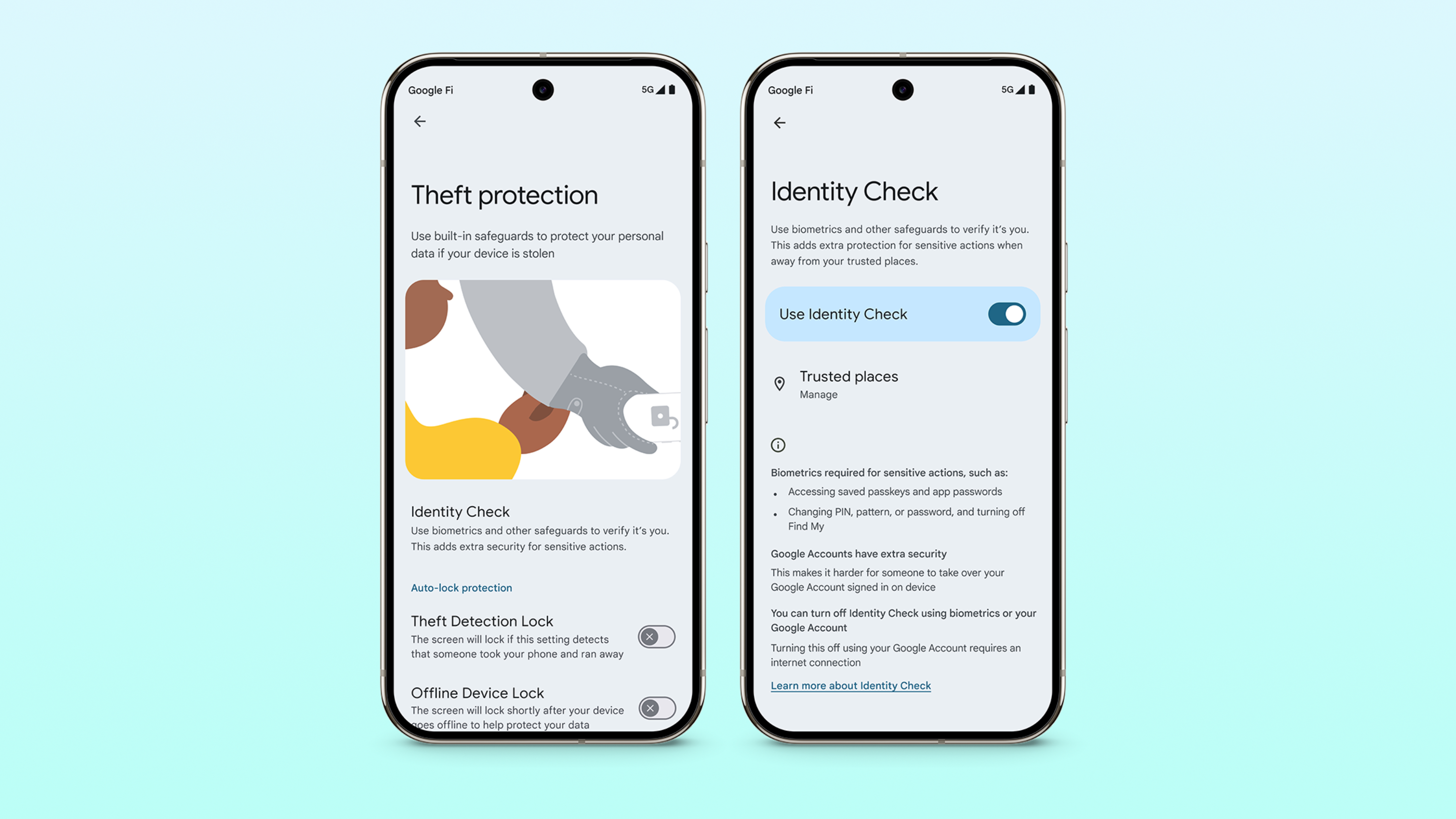Fitness watches should stop treating dehydration and sweat loss as an afterthought
You can log cups of water or set hourly reminders to drink, but Samsung, Google, Apple and the rest should be doing more.

Smartwatches keep adding "life-saving" tech like fall detection, SOS calling, AFib warnings, and the latest Loss of Pulse feature on Pixel Watches, all to make you feel safe. But there's a less flashy and more common concern that most watches treat as an afterthought: hydration tracking and sweat loss.
I've wanted better hydration tools on watches for a while, but last weekend's report of 35-year-old runner Bobby Graves dying of cardiac arrest after finishing a Disneyland half marathon last weekend — a day after self-diagnosed heat exhaustion in 100ºF heat — brought it to the forefront of my mind.
This man was my age, had run several half and full marathons in the past, and wasn't at an age where people worry about heart health. Perhaps the medical report will shine a light on mitigating circumstances, but there's a reason why SFGate's quoted expert specifically warns people to "make sure you’re remaining hydrated" during hot weather.
Smartwatches have the means to estimate sweat loss from workouts; Samsung even claims it's clinically accurate at it. But most other brands (besides Garmin) ignore it, and those that do track it don't do enough with it.
I'd say it's past time for hydration to become more of a priority for fitness brands. Excessive heat will only get worse over time, and watches need to be ready for it.
Hydration tracking is as basic as can be
Both Wear OS and WatchOS have a few water-tracking apps like WaterMinder and Waterllama. Samsung's One UI Watch has a first-party Hydration tile, and Garmin watches let you download a Hydration Tracking glance from the Connect IQ store.
They vary in looks and niche features, but they all work pretty much the same way: You open the app or tile and tap a button to say you drank a cup of water. The screen will show how many fluid ounces you have left to drink that day. You can also schedule regular reminder pop-ups to check if you've been drinking.
Be an expert in 5 minutes
Get the latest news from Android Central, your trusted companion in the world of Android
It's useful enough for everyday life! But that daily water reminder doesn't take context into account, like how hot it is or if you've done a workout; you'd have to change the target goal yourself. And the combination of hourly drinking and move reminders can be so annoying that most people ignore or disable them.
A few fitness watch brands like Coros and Polar let you set reminders during workout activities to refuel or rehydrate, but at preset intervals; again, there's no context for how much water or electrolytes your body truly needs.
Ideally, a watch would take heed of when the user has sweated (or is sweating) more or less than usual, and dynamically suggest that the person drink more water to avoid issues with dehydration and heat exhaustion.
Accurate sweat tracking IS possible with smartwatches

Earlier this month, Samsung boasted that a clinical study from University of Michigan proved how accurate its Galaxy Watches are compared to medical-grade sensors for heart rate (90%), VO2 Max (82%), and sweat loss (95%). That's about what I expected from a wrist-based optical HR sensor, but the sweat accuracy surprised me.
Samsung doesn't track your sweat loss directly. It estimates "based on your body size, age, gender, and the intensity of your workout, including heart rate, ambient temperature, and other conditions." I'd always chalked my Galaxy Watch Ultra's post-run sweat loss numbers to guesswork, but apparently it's educated guesswork.
The only direct consumer sweat-loss tool I know of is the Nix Biosensor. It adheres to your bicep and sends your sweat down an "inlet" with electrodes at either end, calculating its "velocity" to determine your sweat rate. Then it extrapolates how much sweat the rest of your body is losing, since different body parts have varying sweat rates.

Nix's sensors are potentially useful for serious athletes, and I intend to test them for a future column. But they're niche and only worn in exercise concepts; we need mainstream smartwatches worn daily to be the authority on sweat.
The Pixel Watch 3 cEDA sensor can detect "tiny changes in the sweat level of your skin" for stress data, but I don't think it's designed to track overall sweat loss. Apple patented a perspiration sensor that would "measure of the amount of fluid lost over an interval of time" and even show a real-time sweat loss rate, but a patent is no guarantee that a company can make a concept work in real life.
For now, I'll be happy if more brands emulate Samsung and Google, using their standard heart rate and body data to estimate sweat loss after workouts. Eventually, though, they need to go even further, in line with what Apple patented.
What sweat loss and hydration tools we NEED on smartwatches
Picture this: Say you're running a half marathon with a Galaxy Watch 7 in warm conditions. During the run, a data screen will show in real time how much sweat it estimates that you've lost, perhaps calculating the new total every few minutes or every mile. At certain thresholds, perhaps every 500ml of sweat loss or a customizable number, it could buzz your wrist suggesting that you refuel soon.
If your body's sweat rate slows down during your run, that's a serious sign of dehydration. Your Galaxy Watch would warn you to stop immediately and rehydrate or seek medical attention, the same way it would tell you if it detected arrhythmia or a low heart rate.
Once you've crossed the finish line, the watch would provide your total sweat loss estimate, as it does now. But it would also automatically add your lost sweat totals to your Hydration tile. Samsung recommends that you "replace 150% of what you lost within 1 to 2 hours," so I assume it could easily multiply your workout's total milliliters of sweat loss by 1.5 and add the fluid ounces there.
Then maybe it could send post-workout notifications at the one- and two-hour marks, reminding you to log your drunk-water totals in the Hydration tile to confirm that you're refueling properly.

That's my vision for how this could work. And ideally, the sweat sensor wouldn't only activate during workouts, but measure sweat continuously (like the Fitbit cEDA sensor) and begin tracking more frequently if you reach a certain sweat or heart rate threshold, or if your local weather and humidity are especially high.
It'd come in handy for farm workers, delivery drivers in hot vans, construction crews, and plenty of other outdoor workers, not just athletes.
Garmin comes closest to my idealized vision for useful sweat loss data, though it buries the Hydration Tracker tool in Connect IQ like it's ashamed of it. Once you download it, you can open the app settings and turn on "Auto Increase Goal" to add your workout sweat loss to your standard daily goal.
I tested it on my Garmin Forerunner 965, and it did add six cups of water to my daily total after supposedly sweating out that much during a 10K on a hot day. But Garmin underestimates my sweat compared to Samsung and doesn't follow its "replace 150%" advice. I always need more water than Garmin thinks, so it's more theoretically than practically useful.
For the sake of runners who try to push through and finish races when their bodies are trying to tell them to stop, fitness watches need to be ready to step in at any moment, not just warn you at the finish line that you've sweated a river.
Rather than rely on algorithms, it'd be best if they started measuring your body's sweat directly for more tailored data, since reasonably accurate brands like Garmin and Samsung will produce different results with heart rate estimates. With sweat data, warnings to drink water or electrolytes would feel more relevant.

Michael is Android Central's resident expert on wearables and fitness. Before joining Android Central, he freelanced for years at Techradar, Wareable, Windows Central, and Digital Trends. Channeling his love of running, he established himself as an expert on fitness watches, testing and reviewing models from Garmin, Fitbit, Samsung, Apple, COROS, Polar, Amazfit, Suunto, and more.
You must confirm your public display name before commenting
Please logout and then login again, you will then be prompted to enter your display name.
